Printer Security Alert: Old Devices Risk Information Security
If you’ve got older shared printers and copiers attached to your network, chances are you’ve got information security vulnerabilities and you don’t even know it.
Printer security is one of the most commonly overlooked aspects of securing a network. Even newer printers are often left unsecured, giving hackers easy access to sensitive information. But if you’ve got old printers and scanners, the problem is worse because they might lack the necessary security capabilities altogether.
6 ways you risk information security with old printers
1. Leaving sensitive information in the printer tray
One of the most common information security risks comes from unclaimed documents sitting around on the printer where anyone can pick them up. We’re talking about payroll records, bank statements, and records that must be protected under HIPAA or Sarbanes-Oxley laws. Or any confidential information that could hurt you (or your customer) if it got into the wrong hands.
Modern printers prevent that printer security problem with the ability to set up user authentication. Every user gets a pin code or card that they use to log in at the printer to retrieve their printed document. That means no more stacks of print jobs left sitting around! This feature also saves you money because it cuts down on wasted paper and toner or ink.
2. Not encrypting printed data
When print jobs are sent over the network to a printer, they can be intercepted by a hacker. You can prevent an information security breach by using data encryption to scramble the contents of your document as it travels over your network. Make sure your print devices can support encrypted print jobs, and also encrypt print data during the time when it’s stored on the printer.
3. Storing print data on the hard drive
Speaking of storing data on the printer, best practice for printer security is NOT to store print jobs on the printer’s hard drive. After the job is complete, you should be able to configure the printer to automatically delete the print job.
Chances are, your old printer has years’ worth of print data just sitting on the hard drive. Not only is this data easily hacked over your network (especially if the printer has a built-in web server), but if it’s still there when you get rid of the printer, it’s even more vulnerable. Hackers and identity thieves can easily get their hands on old copiers and access the information stored on them. (Read this CBS news report about the information security risks from old copiers.)
Make sure to wipe the hard drive of any print or scan device before discarding or returning to a lessor.
4. Not supporting printing on the go
Today’s office workers are running around to meetings and working on the go. That means they need to print from wherever they are.
Modern printers make this easy and also very secure. Mobile print capabilities allow workers to print to a nearby printer from their phones or tablets. Follow-me printing or pull printing also eliminates the need to be tied to a specific printer near their desk. If they’re in a conference room on another floor, they can simply send the (encrypted) job to the nearest printer, then walk there and pick it up (after authenticating using their pin code or swipe card as we mentioned earlier).
How are you risking information security without easy access to printing on the go? Because without the printer security features mentioned here, someone who needs to print when away from their own desk will be forced to ask someone else to do it. They will often transfer the file in a way that leaves the data unsecured.
5. Using unsafe routing for scanned documents
When you scan a document, do you need to save it locally before you can move it to a network folder or cloud location? Or, do you have to send it to yourself via email so you can move it manually?
Both of these practices leave your scanned file vulnerable (not to mention wasting your employees’ time). To close this information security hole, you want a scanner or multifunction printer that can automatically route your scanned file (using proper data encryption!) to a secure network folder or cloud.
6. Not monitoring print and scan activity
One of the best ways to protect your information security is to keep an eye on printing and scanning activity. When you do that by creating and reviewing reports regularly, you’ll be able to spot and investigate unusual activity, or even attempts to hack into your print devices.
Without user authentication set up, there’s no way for you to identify who is printing what. With user authentication and print management software (such as uniFLOW from Canon or PaperCut for mixed printer fleets) you can not only prevent security breaches, but you can also save your company money at the same time by cutting down on wasted printing. Once they know you are monitoring printer usage and can see exactly what they are doing, your employees will be much more careful with their printing habits.
Learn more about improving printer security and cutting costs with managed printing.
Need some help with printer security?
If your old printer doesn’t support these printer security features, it’s time to upgrade and reduce your information security risk. The good news is, it might not even cost you much to upgrade. Newer printers are more efficient and cost much less to use. So even if you need to purchase or lease new printers, the savings on toner, ink and paper can pay for the cost much faster than you might think.
If you’re in the New York City area, we can help you choose the right printers for your business, and get security features set up to protect your business and your data. Request a quote now to get started.




